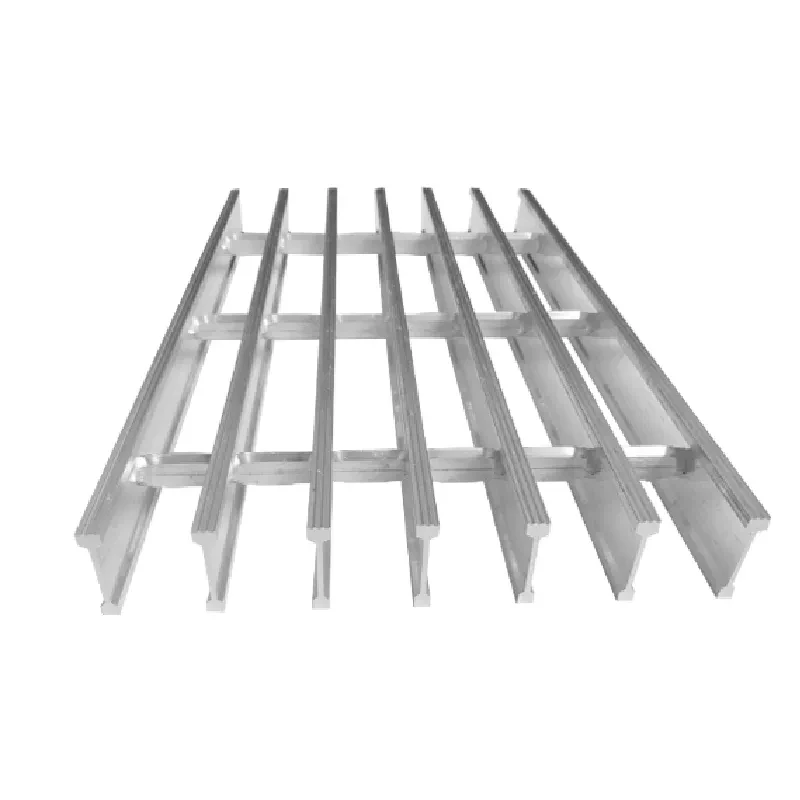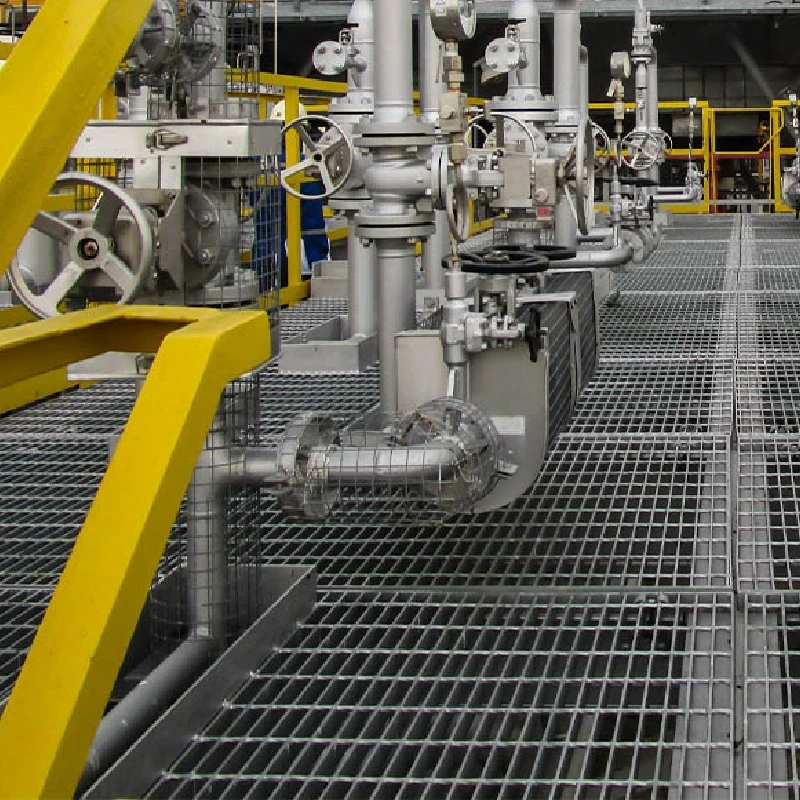- Industrial zone, South of Anping Town, Hengshui, Hebei, China.
- sales@hfpetromesh.com
- +86-18931809706
 Afrikaans
Afrikaans  Albanian
Albanian  Amharic
Amharic  Arabic
Arabic  Armenian
Armenian  Azerbaijani
Azerbaijani  Basque
Basque  Belarusian
Belarusian  Bengali
Bengali  Bosnian
Bosnian  Bulgarian
Bulgarian  Catalan
Catalan  Cebuano
Cebuano  Corsican
Corsican  Croatian
Croatian  Czech
Czech  Danish
Danish  Dutch
Dutch  English
English  Esperanto
Esperanto  Estonian
Estonian  Finnish
Finnish  French
French  Frisian
Frisian  Galician
Galician  Georgian
Georgian  German
German  Greek
Greek  Gujarati
Gujarati  Haitian Creole
Haitian Creole  hausa
hausa  hawaiian
hawaiian  Hebrew
Hebrew  Hindi
Hindi  Miao
Miao  Hungarian
Hungarian  Icelandic
Icelandic  igbo
igbo  Indonesian
Indonesian  irish
irish  Italian
Italian  Japanese
Japanese  Javanese
Javanese  Kannada
Kannada  kazakh
kazakh  Khmer
Khmer  Rwandese
Rwandese  Korean
Korean  Kurdish
Kurdish  Kyrgyz
Kyrgyz  Lao
Lao  Latin
Latin  Latvian
Latvian  Lithuanian
Lithuanian  Luxembourgish
Luxembourgish  Macedonian
Macedonian  Malgashi
Malgashi  Malay
Malay  Malayalam
Malayalam  Maltese
Maltese  Maori
Maori  Marathi
Marathi  Mongolian
Mongolian  Myanmar
Myanmar  Nepali
Nepali  Norwegian
Norwegian  Norwegian
Norwegian  Occitan
Occitan  Pashto
Pashto  Persian
Persian  Polish
Polish  Portuguese
Portuguese  Punjabi
Punjabi  Romanian
Romanian  Russian
Russian  Samoan
Samoan  Scottish Gaelic
Scottish Gaelic  Serbian
Serbian  Sesotho
Sesotho  Shona
Shona  Sindhi
Sindhi  Sinhala
Sinhala  Slovak
Slovak  Slovenian
Slovenian  Somali
Somali  Spanish
Spanish  Sundanese
Sundanese  Swahili
Swahili  Swedish
Swedish  Tagalog
Tagalog  Tajik
Tajik  Tamil
Tamil  Tatar
Tatar  Telugu
Telugu  Thai
Thai  Turkish
Turkish  Turkmen
Turkmen  Ukrainian
Ukrainian  Urdu
Urdu  Uighur
Uighur  Uzbek
Uzbek  Vietnamese
Vietnamese  Welsh
Welsh  Bantu
Bantu  Yiddish
Yiddish  Yoruba
Yoruba  Zulu
Zulu
- Afrikaans
- Albanian
- Amharic
- Arabic
- Armenian
- Azerbaijani
- Basque
- Belarusian
- Bengali
- Bosnian
- Bulgarian
- Catalan
- Cebuano
- Corsican
- Croatian
- Czech
- Danish
- Dutch
- English
- Esperanto
- Estonian
- Finnish
- French
- Frisian
- Galician
- Georgian
- German
- Greek
- Gujarati
- Haitian Creole
- hausa
- hawaiian
- Hebrew
- Hindi
- Miao
- Hungarian
- Icelandic
- igbo
- Indonesian
- irish
- Italian
- Japanese
- Javanese
- Kannada
- kazakh
- Khmer
- Rwandese
- Korean
- Kurdish
- Kyrgyz
- Lao
- Latin
- Latvian
- Lithuanian
- Luxembourgish
- Macedonian
- Malgashi
- Malay
- Malayalam
- Maltese
- Maori
- Marathi
- Mongolian
- Myanmar
- Nepali
- Norwegian
- Norwegian
- Occitan
- Pashto
- Persian
- Polish
- Portuguese
- Punjabi
- Romanian
- Russian
- Samoan
- Scottish Gaelic
- Serbian
- Sesotho
- Shona
- Sindhi
- Sinhala
- Slovak
- Slovenian
- Somali
- Spanish
- Sundanese
- Swahili
- Swedish
- Tagalog
- Tajik
- Tamil
- Tatar
- Telugu
- Thai
- Turkish
- Turkmen
- Ukrainian
- Urdu
- Uighur
- Uzbek
- Vietnamese
- Welsh
- Bantu
- Yiddish
- Yoruba
- Zulu
ກ.ພ. . 15, 2025 02:07
Back to list
steel walkway grating
In industries ranging from construction to manufacturing, the utilization of galvanized steel grating is both extensive and paramount due to its durability and versatility. The importance of understanding standard sizes in this context cannot be understated, as they directly impact both the effectiveness and the efficiency of projects. This article delves into the specifics of standard sizes in galvanized steel grating, filling an essential gap by offering practical insights derived from real-world experiences and expert knowledge.
Another critical aspect is the mesh size, referring to the spacing between the bars. It's typically measured as the distance between the centers of two adjacent bars. Standard mesh sizes include dimensions like 30x30mm, 40x40mm, and 60x60mm. The selection of mesh size is pivotal; too large a mesh might compromise safety, while too compact might be unnecessarily heavy and costly for certain applications. The spacing between cross bars, which run perpendicular to the load-bearing bars, also follows standard measurements, typically ranging from 50mm to 100mm. These measurements are vital for ensuring appropriate support and structural integrity. Each choice influences not only the physical stability but also the functional application, determining whether the grating is suitable for applications requiring high fluid drainage, unrestricted airflow, or debris shedding. The comprehensive understanding of standardized sizing in galvanized steel grating aids in aligning procurement strategies with specific project needs, thereby optimizing material usage and minimizing waste. For professionals within the construction and engineering fields, this knowledge translates to enhanced project outcomes, from reduced costs and improved timelines to safer, longer-lasting installations. In summary, galvanized steel grating, available in a variety of standardized sizes, offers robust solutions for a multitude of heavy-duty applications. The attention to detail in specification - from panel size and load-bearing bar dimensions to mesh size and bar spacing - ensures that each application benefits from its proprietary blend of strength, economy, and efficiency. Professionals leveraging these standardized dimensions can expect to achieve superior results, driven by an informed understanding that combines industry expertise with practical application. This synthesis of knowledge reflects not only on the individual project but also on the broader field's commitment to innovation and excellence in materials engineering.


Another critical aspect is the mesh size, referring to the spacing between the bars. It's typically measured as the distance between the centers of two adjacent bars. Standard mesh sizes include dimensions like 30x30mm, 40x40mm, and 60x60mm. The selection of mesh size is pivotal; too large a mesh might compromise safety, while too compact might be unnecessarily heavy and costly for certain applications. The spacing between cross bars, which run perpendicular to the load-bearing bars, also follows standard measurements, typically ranging from 50mm to 100mm. These measurements are vital for ensuring appropriate support and structural integrity. Each choice influences not only the physical stability but also the functional application, determining whether the grating is suitable for applications requiring high fluid drainage, unrestricted airflow, or debris shedding. The comprehensive understanding of standardized sizing in galvanized steel grating aids in aligning procurement strategies with specific project needs, thereby optimizing material usage and minimizing waste. For professionals within the construction and engineering fields, this knowledge translates to enhanced project outcomes, from reduced costs and improved timelines to safer, longer-lasting installations. In summary, galvanized steel grating, available in a variety of standardized sizes, offers robust solutions for a multitude of heavy-duty applications. The attention to detail in specification - from panel size and load-bearing bar dimensions to mesh size and bar spacing - ensures that each application benefits from its proprietary blend of strength, economy, and efficiency. Professionals leveraging these standardized dimensions can expect to achieve superior results, driven by an informed understanding that combines industry expertise with practical application. This synthesis of knowledge reflects not only on the individual project but also on the broader field's commitment to innovation and excellence in materials engineering.
Share
Prev:
Latest news
-
Welded Steel Bar Grating: The Rugged Industrial Flooring Solution Built for Load and LongevityNewsJun.24,2025
-
Steel Walkway Grating: Reliable, Resilient, and Built for Every StepNewsJun.24,2025
-
Shale Shaker Screen for Sale: Optimize Drilling Efficiency with Precision Screening PowerNewsJun.24,2025
-
Shaker Screen for Sale: Elevate Your Drilling Efficiency with Durable Separation SolutionsNewsJun.24,2025
-
Press Locked Steel Grating: Industrial Strength with Precision Fit for Heavy-Duty ApplicationsNewsJun.24,2025
-
Perimeter Safety Netting: The Critical Safety Upgrade for Every HelipadNewsJun.24,2025